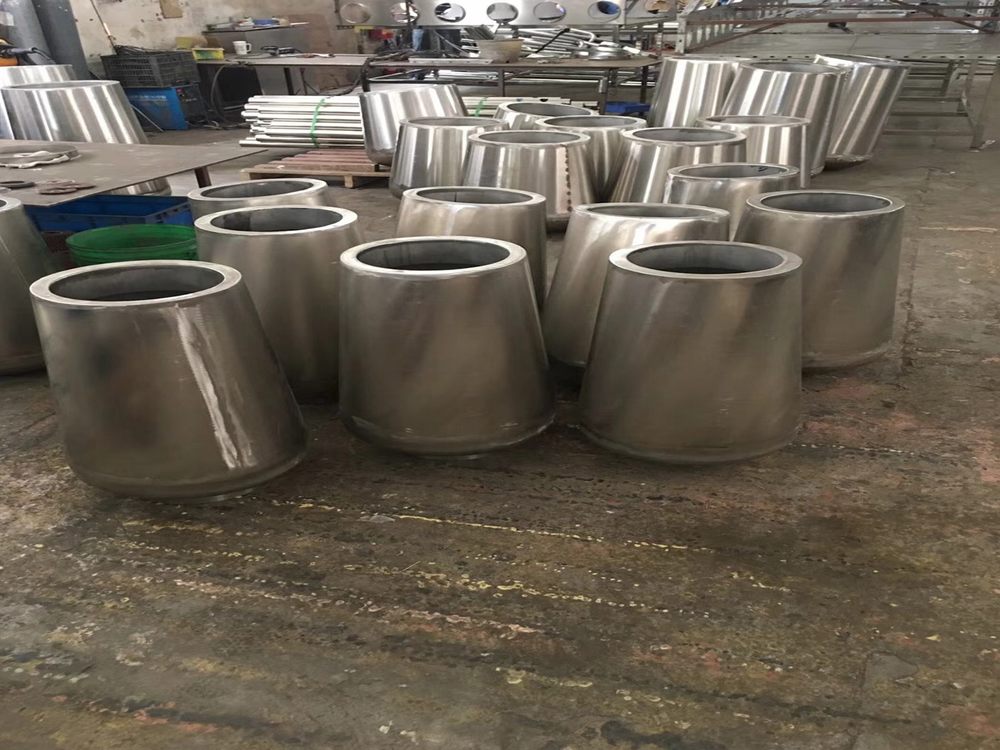
Texturing metal surfaces in sculptures is a vital technique that adds depth, character, and visual interest to artistic metalwork. Several tools are commonly used to achieve these effects, each offering unique results.
1. Hammers and Mallets: Ball-peen hammers, cross-peen hammers, and textured mallets create dimples, ridges, and patterned impressions on metal surfaces. Artists often use them for controlled, repetitive striking.
2. Chisels and Punches: Sharp chisels carve fine lines or grooves, while punches (like dot or matting punches) produce small indentations or decorative patterns.
3. Grinders and Abrasives: Angle grinders with flap discs or sanding pads smooth or roughen surfaces, while wire brushes add a scratched or aged appearance.
4. Acid Etching: Chemical solutions like ferric chloride create intricate, etched designs by selectively corroding the metal.
5. Heat and Patinas: Torches or oxidizing agents induce color variations and textures through controlled heating or chemical reactions.
These tools allow sculptors to transform flat metal into dynamic, tactile artworks, blending craftsmanship with creativity. Experimentation with combinations often yields the most striking results.

